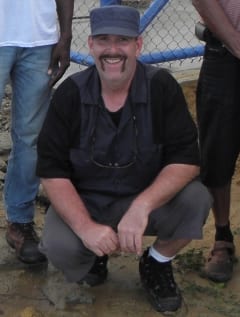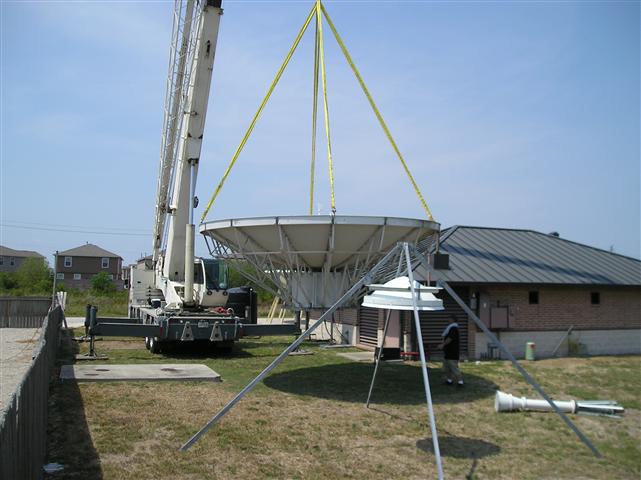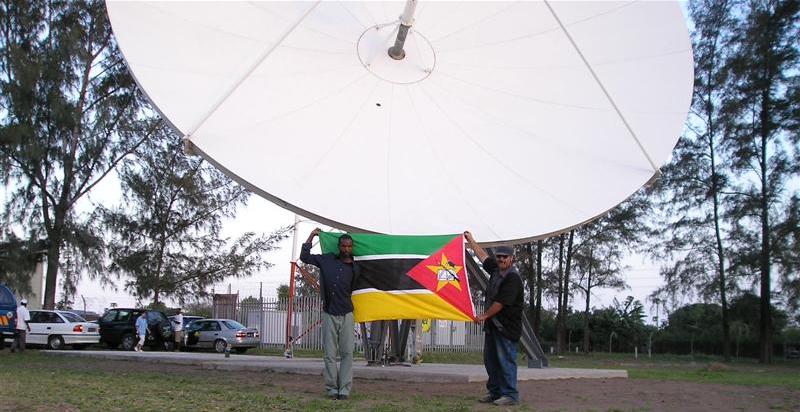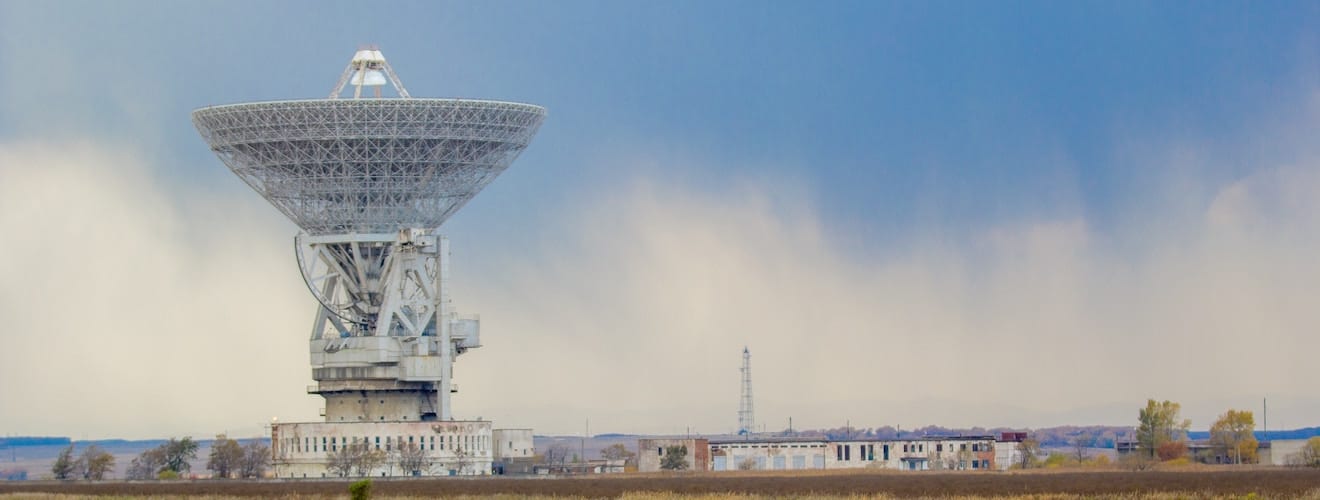Don’t expect your well-stamped passport to impress Mark Erney. He’s one of those people who travels so much that he uses his passport more than his driver’s license. Erney is one of the world’s premier satellite technicians, someone who’s called upon by governments and major companies to install, maintain, clean and sometimes dismantle giant dishes around the globe.
Based in Hampton, Va., Erney’s firm has kept satellite dishes up and running since 1980. The dishes he works with can be more than 120 feet in diameter. But rather than picking up HBO and ESPN, they receive and transmit critical communications from the more than 1,100 active satellites currently orbiting the planet.
Earth stations, the technical term for the location of these satellites on the ground, are often remote and difficult to access. If a dish isn’t properly set up, it’s not easy to return to fix it, so Erney does extensive prep work before each job.
“I’ve learned to over-prepare,” he says. “The best kind of project is one where there are no surprises.”
Outmoded—But Not Obsolete—Technology
The first commercial satellite communications began in 1964, just in time to broadcast the Summer Olympics from Tokyo to the rest of the world. Large concave dishes soon began sprouting up at television and radio facilities as well as other businesses dependent on rapid global communications. In those days, satellites maintained geostationary orbits 22,236 miles above earth and traveled at 1.9 miles per second. That fixed speed and altitude allowed a dish on earth to receive signals and to relay signals back to it.
Telecom and satellite advances have left this 50-year-old technology in the dust. Fiber-optic cable has proven cheaper, more reliable and blindingly quick, and a new generation of satellites can fly closer to earth—and faster.
SEE ALSO: Sky Italia’s Field Techs Dish Up Sales

Mark Erney. Image: Mark Erney
“For a geostationary satellite, there’s a 50 millisecond delay because of the distance,” says Erney. “Newer, lower orbit satellites reduce that to 20 milliseconds. It might not seem like much but for banks, the military and even gaming those milliseconds are critical.”
Erney specializes in older geostationary earth dishes that are still in use, often as a secure backup to fiber-optic connections.
“Large businesses and the military can’t afford to not have a satellite link ready to go if the fiber optic line is cut or damaged,” Erney says.
When large aluminum satellite dishes are well maintained, they can often last for decades. At times, clients will buy a used dish that’s being phased out because the owner has switched to fiber-optic cable and hire Erney to dismantle and refurbish it, then install it at a new location.
Large businesses and the military can’t afford to not have a satellite link ready to go if the fiber optic line is cut or damaged. — Mark Erney
Erney often gets called in to handle jobs in areas where fiber-optic cables aren’t easily installed, such as rugged mountains, scorching deserts and offshore oil rigs. One recent job consisted of moving a series of dishes nearly 30-feet in diameter from North Carolina to the island of Bonaire in the southern Caribbean.
Moving a Monster Dish

The heavy dish antennas need to be lifted with a construction crane to be moved. Image: Mark Erney
The logistics of relocating a massive satellite dish can be daunting. The first task is to dismantle the equipment at the old location, inventory all the parts, clean them and then pack them into shipping containers. The team uses a crane to lift the dish off its base, then they unbolt it and carefully separate each wedge of the dish like a slice of pie.
Besides impact drills and plenty of battery packs, Erney’s tools of the trade consist of basic mechanic’s wrenches, sockets and screwdrivers, as well as cartons of 3-inch sockets to secure large antenna legs to the base.
To communicate with the outside world from the middle of nowhere, the other crucial tool in Erney’s arsenal is a satellite phone with extra batteries. “We’ve always got to have a way to get a chopper out to us if there’s an accident or an emergency,” he explains.
Staggering Heights, Slithering Snakes
Falls from 30 feet or more from the top of a dish are probably the greatest danger facing Erney and his technicians. Thankfully, he reports, these treacherous accidents have been few and far between. He emphasizes safety for his work teams since the nearest hospital sometimes can be several hours or even days away.

Erney and a local worker at an installation sitein Mozambique. “We’ve always got to have a way to get a chopper out to us if there’s an accident or an emergency,” Erney says. Image: Mark Erney
Remote locales also pose their own unique risks. Enery and his workers have endured countless shots for tropical diseases and encountered their nightmare’s share of venomous snakes and disease-spreading insects while installing dishes in various jungles. They’ve also endured white-knuckled rickety flights onto the Arctic tundra and found themselves accused of being drug mules on a job in South America.
“One thing you can say about this job is it’s never boring,” Enery says.
Now in his mid-50s, Erney is transitioning from onsite field work to managing teams of technicians from the comfort of his office chair.
“I’ve done it all,” he says. “Now I’m ready to let the younger guys travel and climb the dish while I’m coordinating everything from here. I really love the work, but I think I’ve seen my fill of snakes.”


Share this: